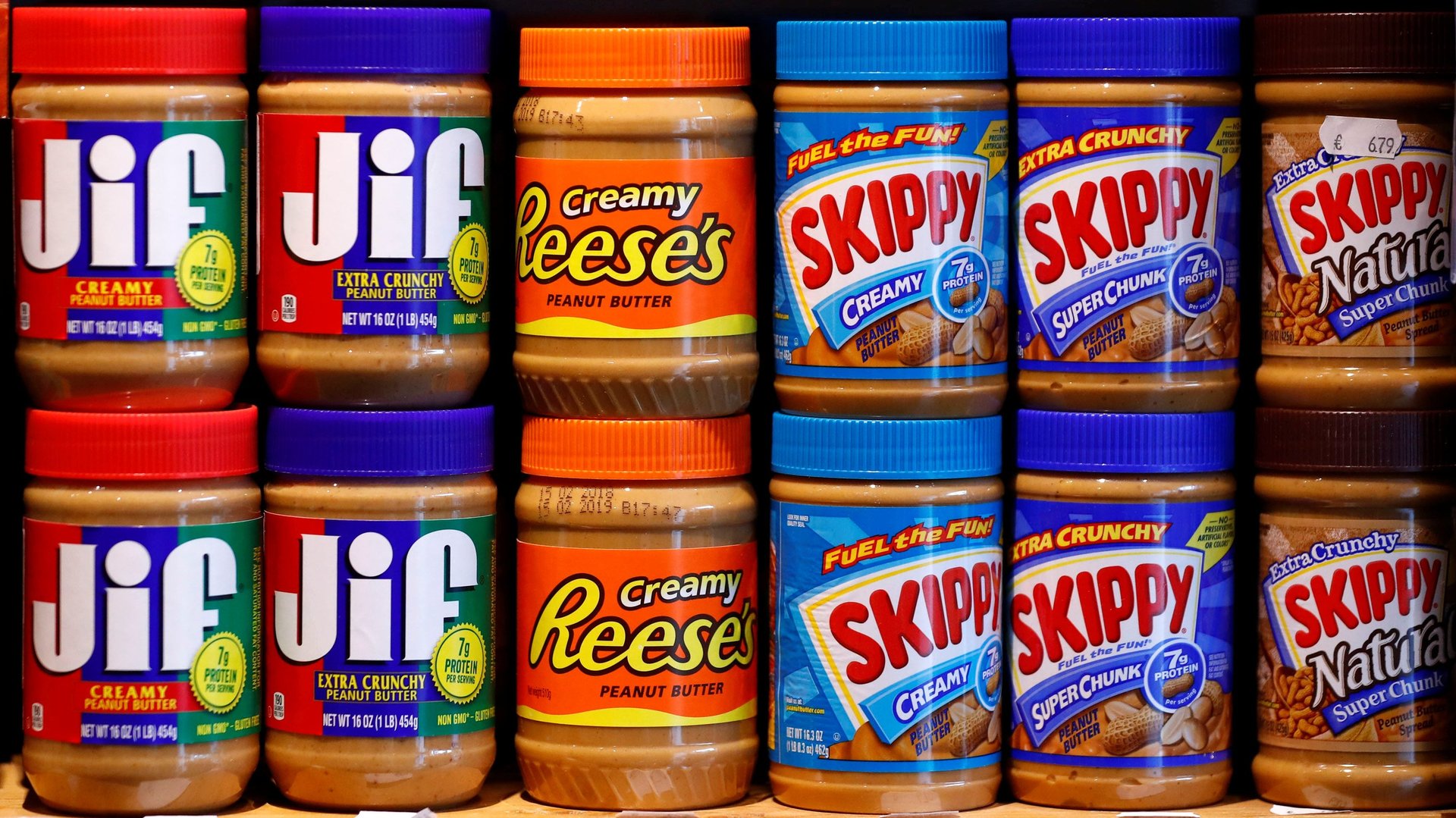Amid food system instability, the humble peanut is a winner
Scanning year-to-date commodity price changes in the US can give a pretty bleak impression of Covid-19’s impact on American farmers. But not all producers have been hit equally.


Scanning year-to-date commodity price changes in the US can give a pretty bleak impression of Covid-19’s impact on American farmers. But not all producers have been hit equally.
While the prices of most agricultural goods—in the US and globally—have tumbled by double digits since the beginning of 2020, peanuts stand out as a lone winner.
Unlike many other goods, the global price of peanuts has increased by nearly 12% since the beginning of the year. A limited number of crops—rice, oranges—have seen prices increase over the same time period, but nothing near the double-digit growth seen by peanuts.
In the US, the crop has taken a comparatively small 6% hit, but farmers are optimistic that prices will hold relatively steady. In spite of drastic fluctuations in the markets, producers this spring planted more acres of peanuts than last year, according to the US Department of Agriculture.
It turns out, the relative success of peanuts may actually wind up hurting the global clothing market. As explained by American Farm Bureau Federation economist Shelby Myers, farmers—mostly in the southern US—often decide between planting either cotton or peanuts each year, depending on the current value of each crop and the balance of supply and demand. Soil in the region can dry out quickly, and peanuts and cotton are both able to respond to it well.
Indeed, cotton prices have taken a hit around the world. Price change data in the US can offer a snapshot:
“There is little incentive to pick cotton over peanuts this year as the cotton market continues to struggle through trade and Covid-19 disruptions,” Myers says. “So producers are on track to grow more peanuts this year.”
But while these numbers may be bad for fashion, they’re good for anyone looking for a steady supply of peanut butter. Data show US peanut use is on the rise, thanks in part to an uptick in consumer purchasing of shelf-stable peanut products.